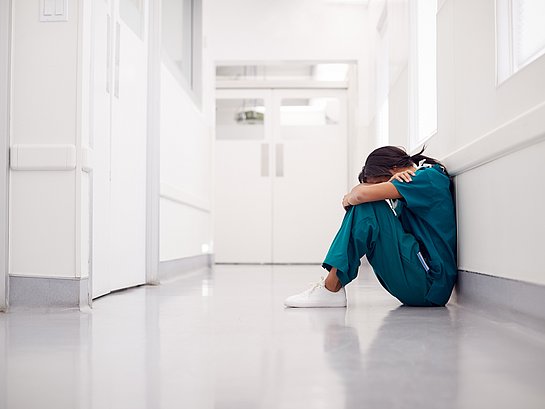Transmission of infectious diseases through needlestick injuries (NSI)
Which infectious diseases can be transmitted?
There are upwards of 20 bloodborne infectious diseases that can be transmitted by NSI though potentially any pathogen could be transmitted in this manner.[1] However, the most clinically significant cases of infection involve transmission of human immunodeficiency virus (HIV), hepatitis B virus (HBV), and hepatitis C virus (HCV), which impact life expectancy and are often associated with significant cost over the course of the disease. Of these three, HBV most commonly results in seroconversion following a needlestick.
With both an increase in aging population of patients with hepatitis and HIV infection and the concentration of these patients within the hospital environment, exposure risk and disease transmission to healthcare workers remains a concern. Statistics indicate that exposure to contaminated sharps is responsible for 37%–39% of the cases of hepatitis B and C infections specific to healthcare workers worldwide.[1]
How can diseases be transmitted?
Transmission of bloodborne pathogens is related to accidental percutaneous injury with a contaminated needle or sharp device or can also occur as a result of splatter or aerosolized body fluids coming in contact with mucous membranes. Specific to needlestick injury, these occurences are frequently preventable and often attributed to unsafe procedures and practices.
Overall, the majority of sharp-related injuries occur during or immediately after use prior to disposal into an acceptable biohazardous sharps container.
Though suture needles and syringes are responsible for the majority of NSIs according to the most recent EPINet data [2], those incidents associated with needles still account for a significant number of exposures. Of these, safety devices are in use in just over 36% of the cases with the overwhelming majority of incidents attributed to the safety mechanism not being activated or injuries occuring before or during activation.
Transmission probabilities
Study estimates reveal that 300 of every 1,000 needlesticks involving an HBV infected patient will in result subsequent infection of the injured healthcare worker[1]. There has been a decline in the HBV infection rate associated with availability of the vaccine and implementation of universal precautions. The incidence of infection decreases to 30 out of 1,000 for HCV and only 3 per 1,000 for HIV. HCV resulting from needlestick is estimated to account for only 2-4% of the total number of cases [3].
There are mitigating factors relating to seroconversion following an NSI such as viral titer, the type of needle, severity of the injury, the amount of blood or body fluid involved as well as the availability of prophylaxis following the exposure.
[1] C. E. Cooke and J. M. Stephens, “Clinical, economic, and humanistic burden of needlestick injuries in healthcare workers,” Medical Devices: Evidence and Research, vol. 10. Dove Medical Press Ltd, pp. 225–235, 29-Sep-2017, doi: 10.2147/MDER.S140846.
[2] EPINet Report for Needlestick and Sharp Object Injuries,” 2020¸ Official-2020-US-Needle-Summary.pdf (internationalsafetycenter.org)
[3] K. C. King and R. Strony, “Needlestick - StatPearls - NCBI Bookshelf.” [Online]. Available: www.ncbi.nlm.nih.gov/books/NBK493147/. [Accessed: 26-Jun-2020]

